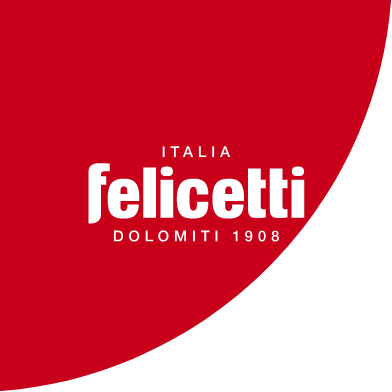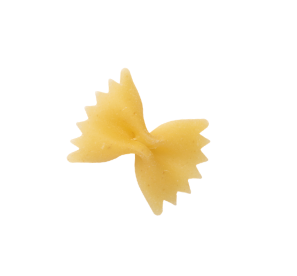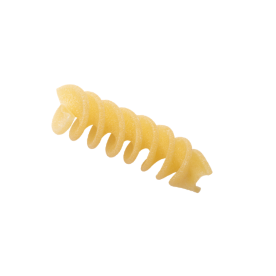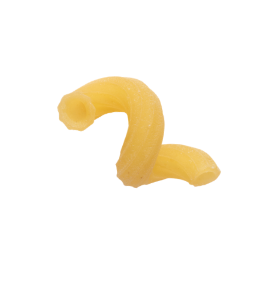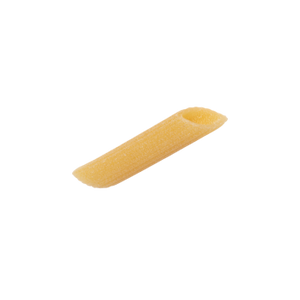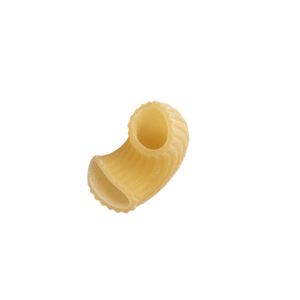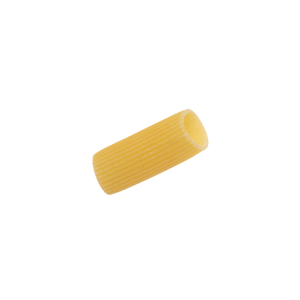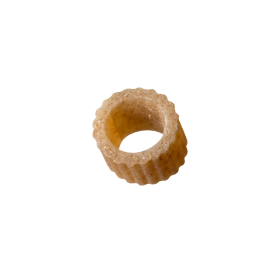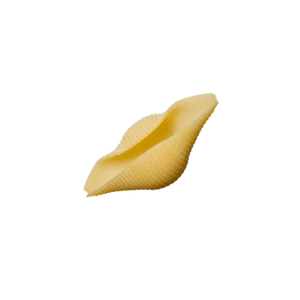1908 OUR STORY BEGINS
Our founder, Valentino Felicetti, was a building contractor at the service of the Austro-Hungarian Empire. Recognizing the potential of a pasta factory in Predazzo, he purchased it and established Felicetti Pasta in 1908.


1920’s
Emilio, the eldest son of Valentino, takes the reins of the pasta factory. All the work is done by hand, for twelve hours a day, producing 10 to 12 tons of pasta. Water, the most important natural resource, is channeled and used as the main source of power.
1945
The plant’s wooden structure was devastated by a fire because at the time, Predazzo didn’t have a fire brigade. The Felicettis and the whole community fought the fire and managed to save the large residential home.
With a blank slate to build on, the Felicetti family constructed a new factory powered by renewable energy and renewed enthusiasm.


1956
The region of Trentino has now become a hotbed of pasta production, with a total of 11 factories.
1970
Valentino – the son of Emilio Felicetti, born in 1935 and named in honor of his grandfather – is asked by the seven business partners of Pastificio Felicetti to take the helm of the company.
1974
Seizing an opportunity, Valentino Felicetti purchases an esteemed pasta maker from Rovereto and moves its modern machinery to Predazzo, exponentially increasing the company’s production.


1980’s
Felicetti acquires their first magnetic tape computer, steadily followed by all the latest IT breakthroughs. Innovation becomes a driving force at Felicetti.
1994
The next generation takes over. Three cousins, Riccardo, Paolo, and Stefano, take the reins and begin aggressive international expansion. Valentino becomes president of the company and mentors the new leaders.

2004
Monograno represents the pinnacle of Felicetti pasta production. Made with single-source organic semolina and grown only on carefully selected pieces of land, each Monograno pasta exhibits the distinct character of its fragile ingredients. Matt wheat is produced in Puglia, and retains the warmth and exquisite characteristics of its homeland. Kamut® Khorasan, ancient and modern at the same time, comes from the Canadian province of Saskatchewan. Farro (emmer) is rustic and earthy.

2016
The exterior of the plant is redesigned and rebuilt, perfectly integrated into the surrounding landscape. Primary colored letters spell out “PASTA,” with explanations for what each letter means to us.
